The microscopic world holds creatures of astonishing resilience, but none captivate scientists quite like the tardigrade. Commonly known as water bears or moss piglets, these eight-legged extremophiles possess a survival mechanism so bizarre it borders on science fiction: the ability to dehydrate themselves into a state of suspended animation, then rehydrate and spring back to life years—possibly even decades—later. This phenomenon, called cryptobiosis (literally "hidden life"), has made tardigrades a focus of research in fields ranging from astrobiology to materials science.
When environmental conditions turn hostile—whether through extreme drought, freezing temperatures, or even the vacuum of space—tardigrades don't merely endure. They undergo a radical transformation. Their barrel-shaped bodies contract into a desiccated husk called a "tun," shedding nearly all their water content and slowing their metabolism to an undetectable 0.01% of normal activity. In this state, they become virtually indestructible. Laboratory tests have shown that cryptobiotic tardigrades can withstand temperatures as low as -272°C (just one degree above absolute zero) and as high as 150°C, pressures six times greater than the deepest ocean trenches, and radiation doses that would obliterate most organisms.
The mechanics behind this biological suspended animation involve an extraordinary suite of adaptations. As water disappears from their environment, tardigrades produce special protective sugars—trehalose in some species, unique intrinsically disordered proteins in others—that form glass-like matrices within their cells. These molecular shields prevent cellular membranes from collapsing and protect DNA from fragmentation. Meanwhile, their metabolism doesn't so much stop as enter an ultra-slow-motion mode where repair mechanisms continue operating at a glacial pace, fixing damage that would prove fatal to active organisms.
Perhaps most astonishing is what happens when water returns. Rehydration triggers a resurrection sequence that defies conventional biological wisdom. Damaged cellular components aren't simply repaired—they're often rebuilt from scratch using specialized "resurrection proteins" that act like molecular blueprints. Some studies suggest tardigrades may even have mechanisms to reassemble fragmented DNA, a capability that has pharmaceutical researchers particularly intrigued. The entire revival process, from tun to fully active water bear, can occur in as little as twenty minutes.
This capacity for life suspension has made tardigrades a prime candidate for studying the potential for extraterrestrial life. Several space missions have included tardigrade payloads, with the creatures surviving prolonged exposure to solar radiation and the vacuum of space. Their resilience has fueled speculation about panspermia—the theory that life could hitchhike between planets aboard meteorites. Some scientists propose that tardigrade-like organisms might exist in the subsurface oceans of Europa or Enceladus, periodically entering cryptobiosis when conditions fluctuate.
Beyond astrobiology, tardigrade research holds practical promise for human applications. Medical researchers are investigating how their protective proteins might preserve vaccines without refrigeration or protect human cells during radiation therapy. Materials scientists have created synthetic versions of tardigrade sugars to stabilize biological samples at room temperature. There's even speculative work on applying cryptobiosis principles to organ transplantation—potentially allowing organs to be stored in suspended animation for extended periods.
The evolutionary origins of this superpower remain mysterious. Tardigrades share some cryptobiosis genes with other extremophiles like brine shrimp and certain nematodes, suggesting the trait may have evolved multiple times. Their genome contains an unusually high proportion of foreign DNA—about 17%—acquired through horizontal gene transfer, leading some scientists to dub them "Frankenstein creatures." Whether this genetic patchwork contributed to their cryptobiotic abilities remains an open question.
As climate change alters habitats and humanity looks toward interplanetary colonization, understanding cryptobiosis becomes more than academic curiosity. These microscopic survivors have already rewritten the rulebook on life's limits. Their secrets, once unlocked, may help humanity develop technologies for preserving biological materials, surviving extreme environments, and perhaps even cheating death itself—one dehydrated step at a time.

By /Jul 7, 2025

By /Jul 7, 2025

By /Jul 7, 2025
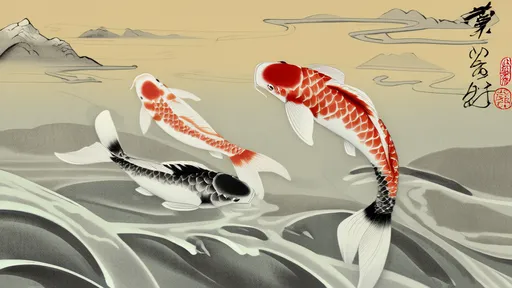
By /Jul 7, 2025
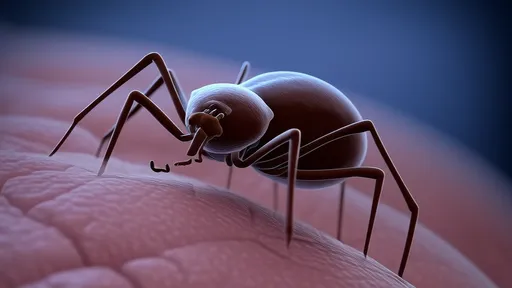
By /Jul 7, 2025
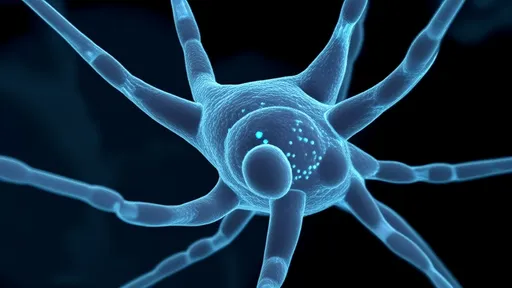
By /Jul 7, 2025
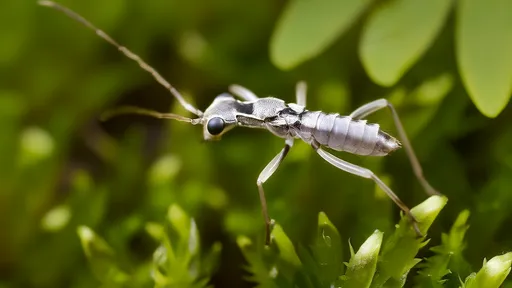
By /Jul 7, 2025
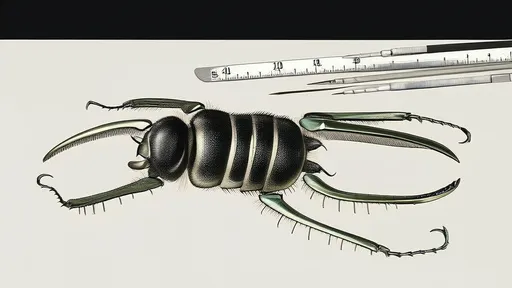
By /Jul 7, 2025
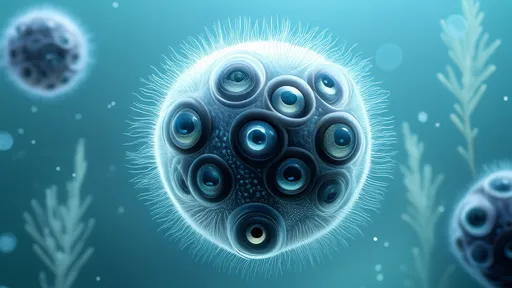
By /Jul 7, 2025
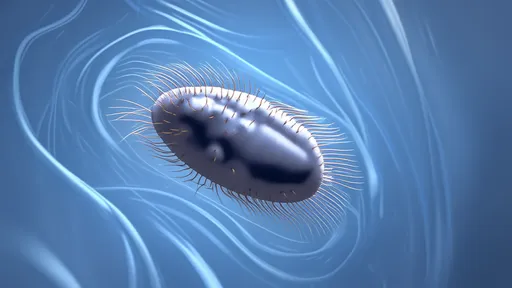
By /Jul 7, 2025

By /Jul 7, 2025
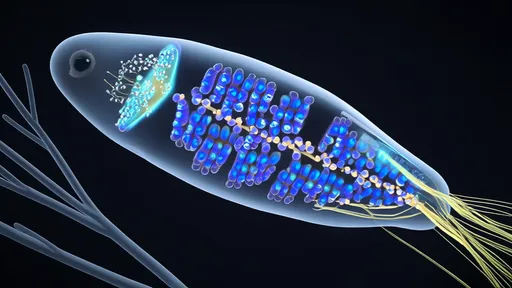
By /Jul 7, 2025
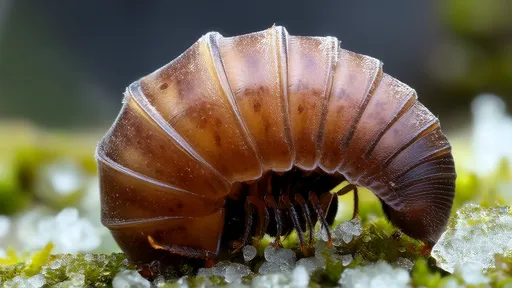
By /Jul 7, 2025

By /Jul 7, 2025
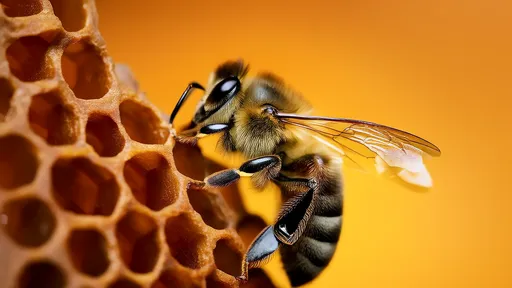
By /Jul 7, 2025

By /Jul 7, 2025

By /Jul 7, 2025

By /Jul 7, 2025